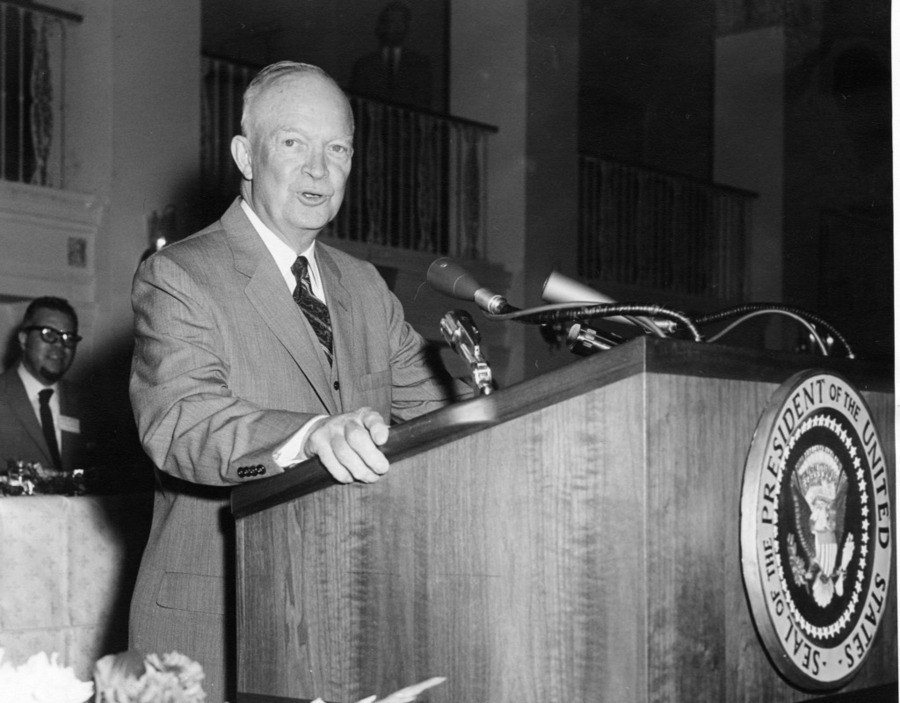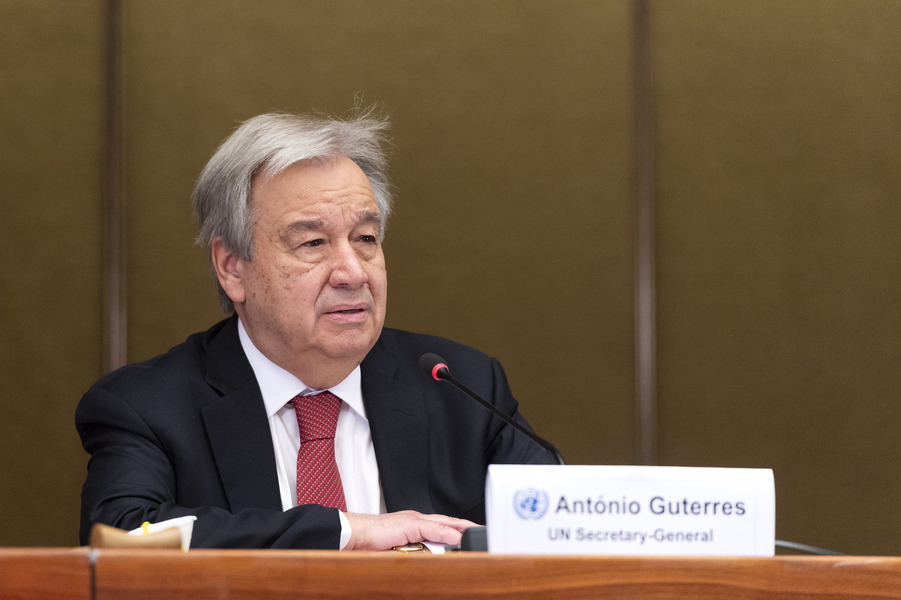Smacked Down by the FAA!
I received a call this afternoon from a gentleman named Cliff Sweatte, an aviation inspector for the Federal Aviation Administration, in response to my post of Sunday about the legality of our holding the Lawfare Drone Smackdown in Washington D.C. I had concluded that post by noting that despite my incredulity that the FAA might have a problem with the Smackdown,
Published by The Lawfare Institute
in Cooperation With

I received a call this afternoon from a gentleman named Cliff Sweatte, an aviation inspector for the Federal Aviation Administration, in response to my post of Sunday about the legality of our holding the Lawfare Drone Smackdown in Washington D.C. I had concluded that post by noting that despite my incredulity that the FAA might have a problem with the Smackdown,
we are all law-abiding citizens with due regard for civil aviation authorities. Consequently, if between now and the Smackdown, the FAA asks us to move it outside of the restricted zone, we will grudgingly do so---though it will be an inconvenience to us and will preclude attendance by those Lawfare readers who have expressed interest in dropping by to watch. If we don’t receive any such request, we will assume the FAA at least does not mind our little game.
Well, it turns out that the FAA---albeit very politely---does mind our little game.
Mr. Sweatte informed me that in the FAA’s view, the Parrot AR.Drone 2.0 is considered an unmanned aviation system (UAS), and the FAA considers that there are only three methods of legally operating any kind of UAS in the national airspace. Two clearly do not apply to the Smackdown. The drones we are flying clearly do not count as public UASs. No more are they experimental aircraft. That leaves only model aircraft, as I suggested in my original post. The FAA issued Advisory Circular 91-57 on “Model Aircraft Operating Standards” back in 1981, and Congress defined model aircraft in Section 336 of the recent FAA Reauthorization Act, PL 112-95. There is no lower-end threshold in this definition in terms of either size or range for model aircraft. As long as something flies within line-of-sight, is used for recreational purposes, and is “capable of sustained flight in the atmosphere,” it counts as a model aircraft and is thus banned by this FAA Notice to Airmen.
I thought about arguing that the AR.Drone’s battery life---at 12 measly minutes---is so pathetically short that it doesn’t really qualify as “sustained flight” or that its flying altitude is so low that it hardly counts as flight “in the atmosphere” (as opposed to “just above the ground”). But I didn’t. Instead, I asked Mr. Sweatte whether this understanding also covers tiny little toy helicopters. He responded that there is an issue of precedent here for a regulatory agency. The FAA’s concern with respect to model aircraft, he said, is protecting people and property on the ground and protecting other aviation, and it would be hard to distinguish the Smackdown in principle from more reckless uses of larger UASs that might pose a real problem in this regard. If the agency did not respond to my post, he pointed out, what would happen the next time someone wanted to fly a drone in the D.C. Flight Restricted Zone? The bottom line, he said, is that “you’re proposing to fly a model aircraft. You’re proposing to fly it in the DC FRZ. And we’re asking you not to.” In other words, don’t buy that toy helicopter thinking it’s legal to fly around Washington.
Where is the Tea Party when you need someone to protect you from overbearing federal regulatory agencies keen to micromanage how and where you use the toys you buy at Brookstone? I could go on a very long rant about this, but I will refrain from mocking the FAA’s position. It mocks itself well enough.
As promised, however, out of respect for the authority of the FAA to regulate our national airspace---including the few vertical feet of our national airspace over Fort Reno Park---I am hereby moving the Lawfare Drone Smackdown to a location outside of the DC FRZ. This means unfortunately that the Smackdown will not be open to the public, after all. We will, however, endeavor to make video of Smackdown available as quickly as we can.





